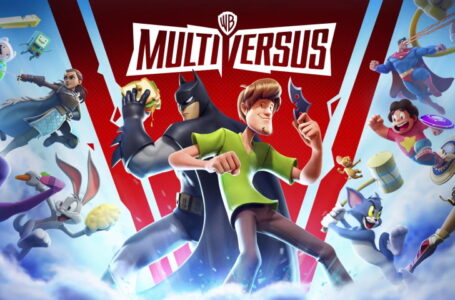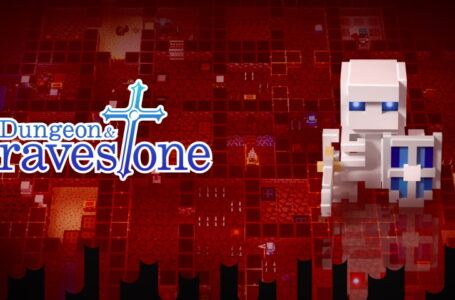Tunic Preview
I love myself a pleasant adventure, and so when Microsoft revealed Tunic during their E3 presentation this year I was already sold on the aesthetic and basic gameplay just from that short trailer. I must admit though, I completely forgot about the project until I saw the game at RTX London last weekend, and so excitedly sat down to play.
At the beginning, your adorable little fox character wakes up on a beach, with absolutely nothing to your name, and you begin your little quest through the environment. The first thing that strikes you about waking up in this world is that you are truly alone and lost. No weapons or items of any kind, all of the signs are in a language you cannot read, the player is just dropped in this unknown world and expected to explore.
In this particular trait and many others, Tunic echoes the design sensibilities of the older titles in the Legend of Zelda franchise, as you’ll notice as I continue. The gameplay finds you collecting various trinkets and usable items, of which can be attached to the X, Y or B buttons using the quick menu that’s mapped to RB. This leaves the A button free for the dodge roll, possibly the most important feature in this game.
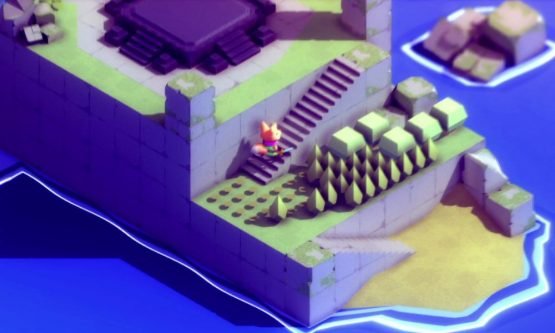
Unlike the roll in the classics that have inspired it, the roll in Tunic is a wonderful eight-directional evasive manoeuvre and is an absolute godsend in combative scenarios, allowing a quick method of avoiding the powerful attacks that some enemies have and closing the distance again to punish the enemy during their recovery animations. Add in a shield for when the attacks are a little too strong, and then you’re given a lot of depth of combat so a game that’s so simple.
Tunic, unlike a lot of games, guides the player through gentle coercion. With all of the signs being nonsensical, all of the direction in terms of progress is inferred in the gameplay. For instance, you reach some bushes that bar you from too much exploring in the early part of the demo, then later they bar you from actual progress. It’s that latter part that you receive a sword, should you care to look for it, and both paths are now open to the player.
As well as this, you can find switches to unlock gates, ladders, and various other contraptions not only to make progress but to reduce how taxing back-tracking can be. This creates a wonderful feeling of interconnectivity in the game world that is commonly attributed to a more Metroid-style adventure, and there’s a lot to be said for that comparison. In fact, this is something about the game that I hope lasts past the opening chapter that was contained in this demo.
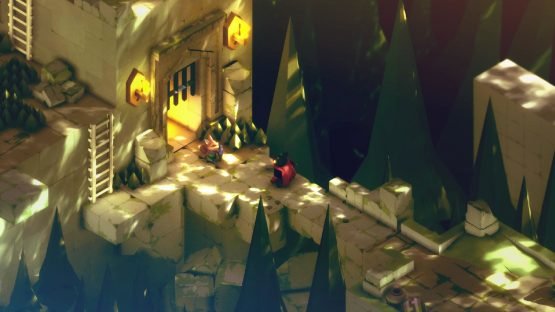
The important thing to take on board here is that, although I’m making various comparisons to other games and franchises, this title does very much feel like a unique creature even in spite of the amount of ideas it has borrowed. Every aspect of the gameplay feels cohesively brought together and everything just simply works as part of a whole. The combat is simple but deep, the exploration is wonderful, and the gentle direction is just superbly implemented.
Tunic is absolutely beautiful. The lighting is incredibly bright, and all of the environments are blocky and bouncy, with the trees gently bouncing back from the player after walking into them. The enemy designs, excluding the archetypal “slime” enemies, are all uniquely ethereal and colourful, and have some interesting animations too. The isometric view lends itself very well to the setting of the world, making the game feel a little like an interactive pop-up picture book.
The music and sound design also plays into this feel of Tunic being a playable tale for children. The score is soft and wistful, punctuated with (but not overpowered by) the sound effects being softer than most games in a similar genre. This slightness to the audio then matches perfectly with the softness of the visuals to cohesively bring everything together.
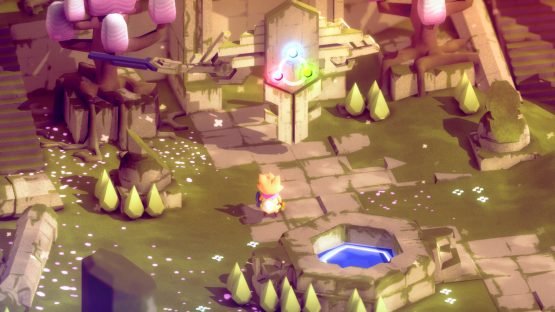
I had an undeniably good time with Tunic, and in fact went back several times to see if I had missed anything previously. The game has very clear inspirations, from the visuals to the gameplay, and somehow rises above all of it. All of the designs are adorable, the sounds soft but noticeable, and the moment-to-moment gameplay feels smooth. Once again, and for the first time in a while, I’m very excited about a game on XBox One.
Do you think you will pick up Tunic? Have you played it at an event and have your own thoughts on it? Let us know in the comments or on Twitter, and keep an eye on Rice Digital in the future for more coverage of this title, and other Japanese games!
- New Persona 5 Royal Trailer Introduces Kasumi And Special Edition Revealed - June 6, 2019
- New Bloodstained: Ritual of the Night Character Revealed Ahead Of Release - May 31, 2019
- Final Fantasy XIV: Shadowbringers Preview - May 29, 2019




